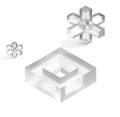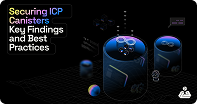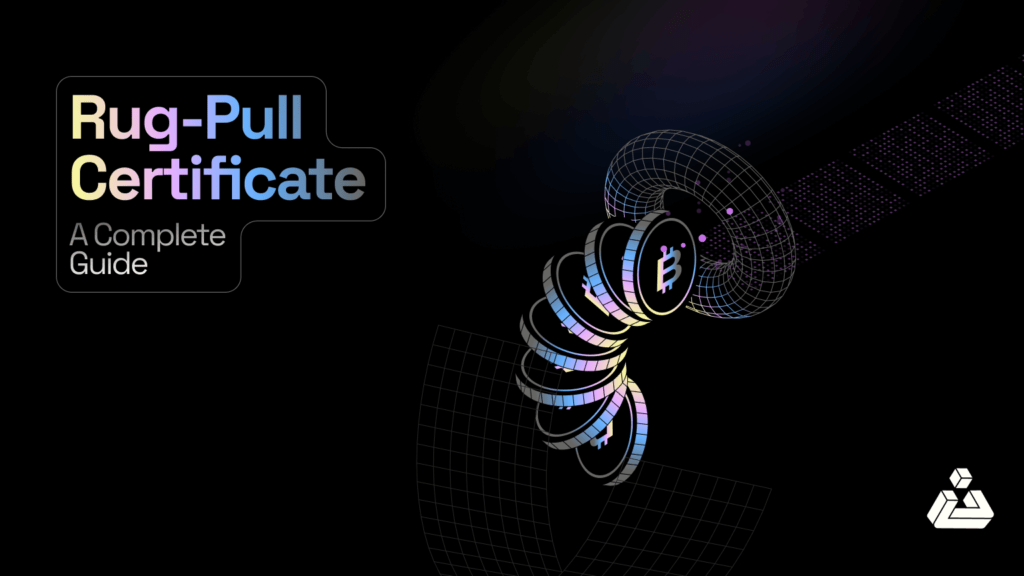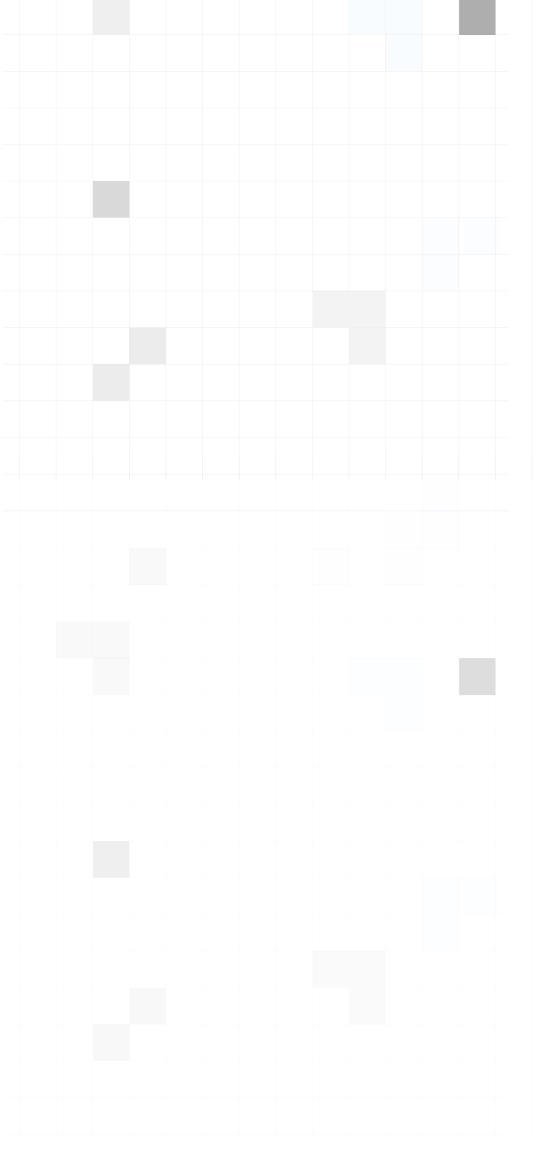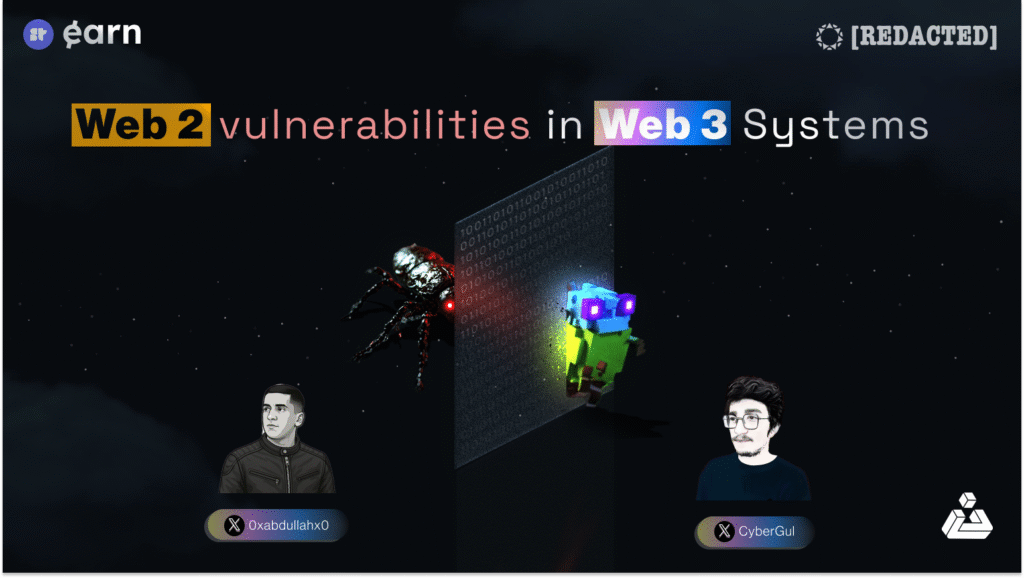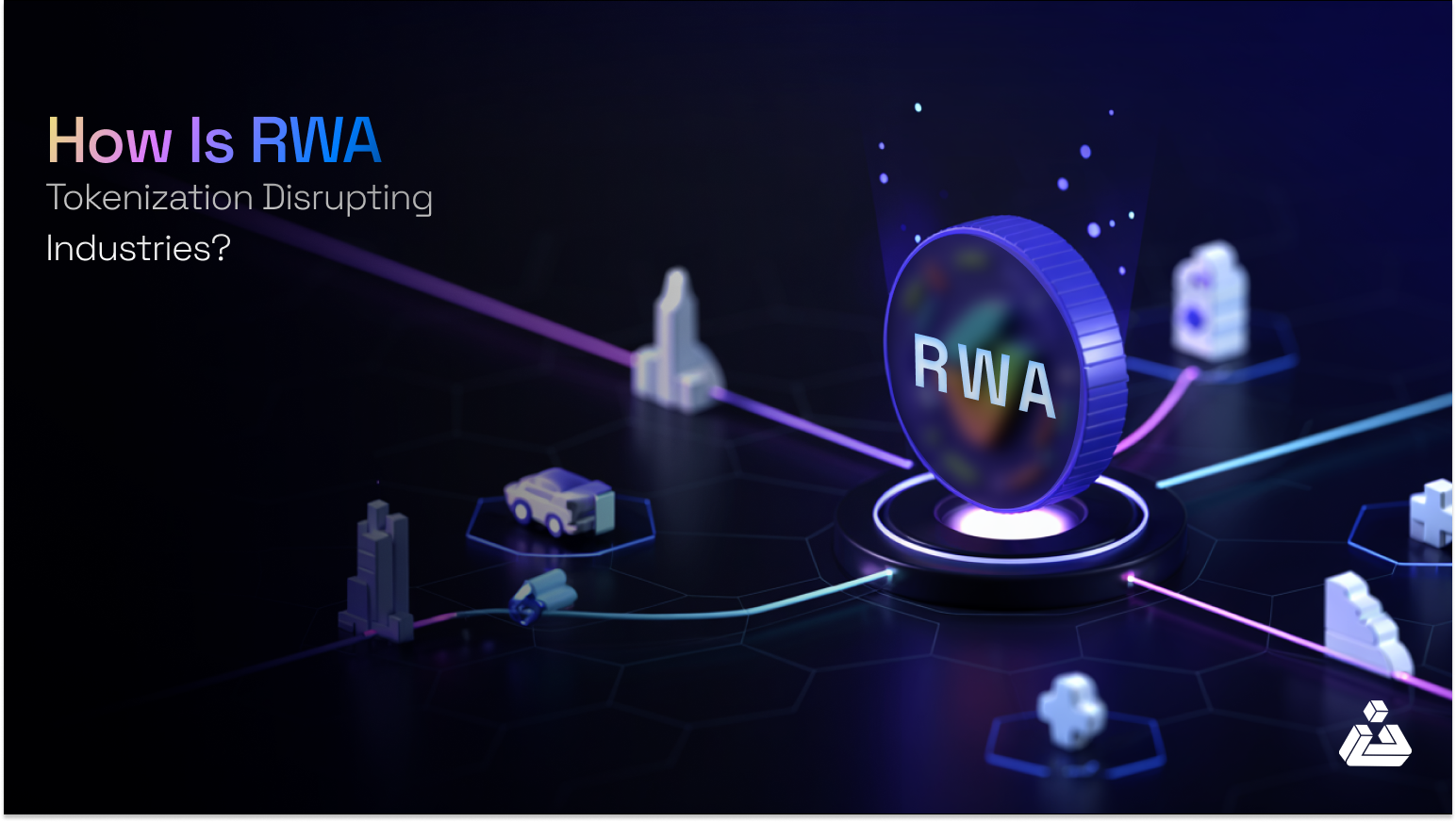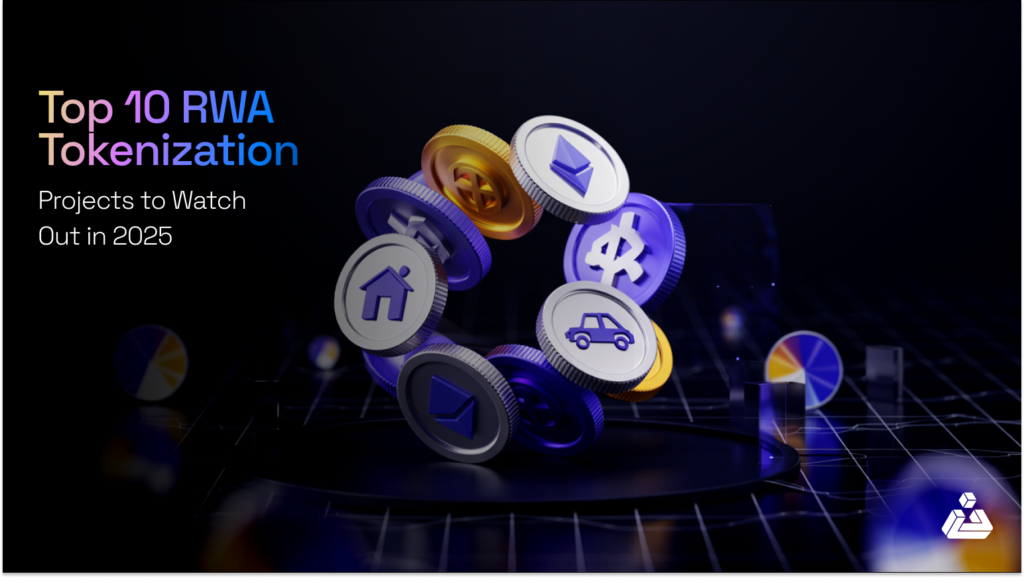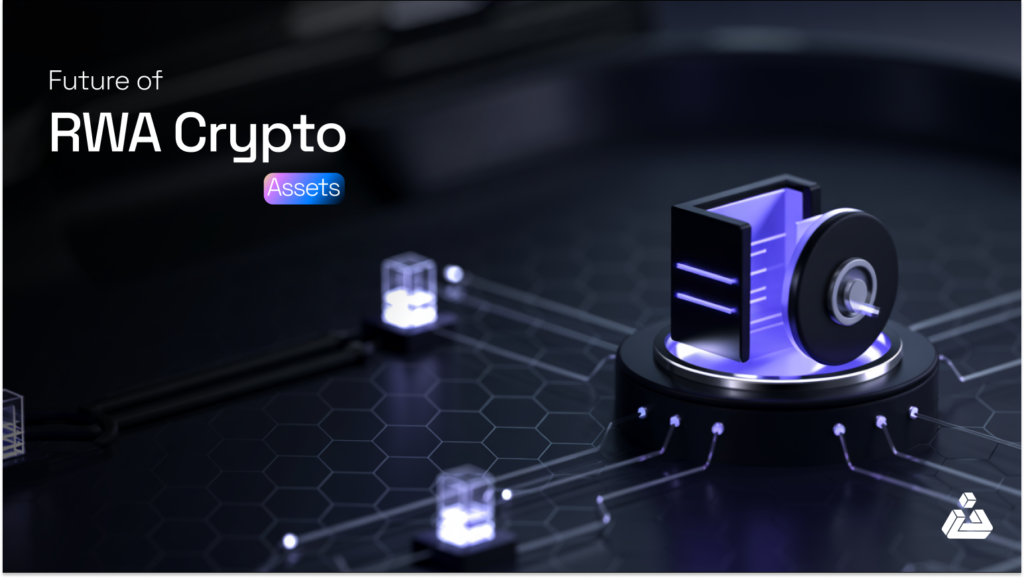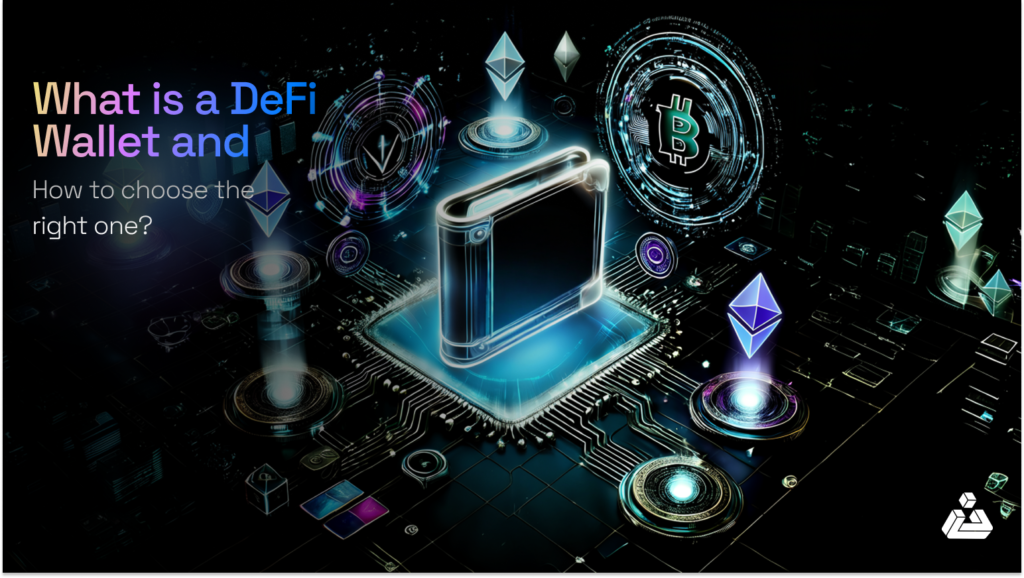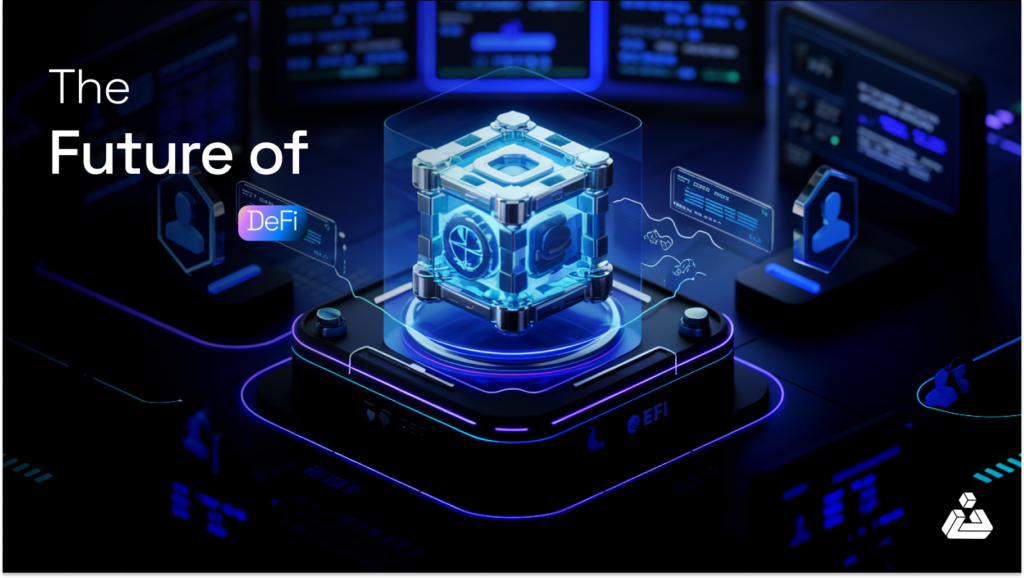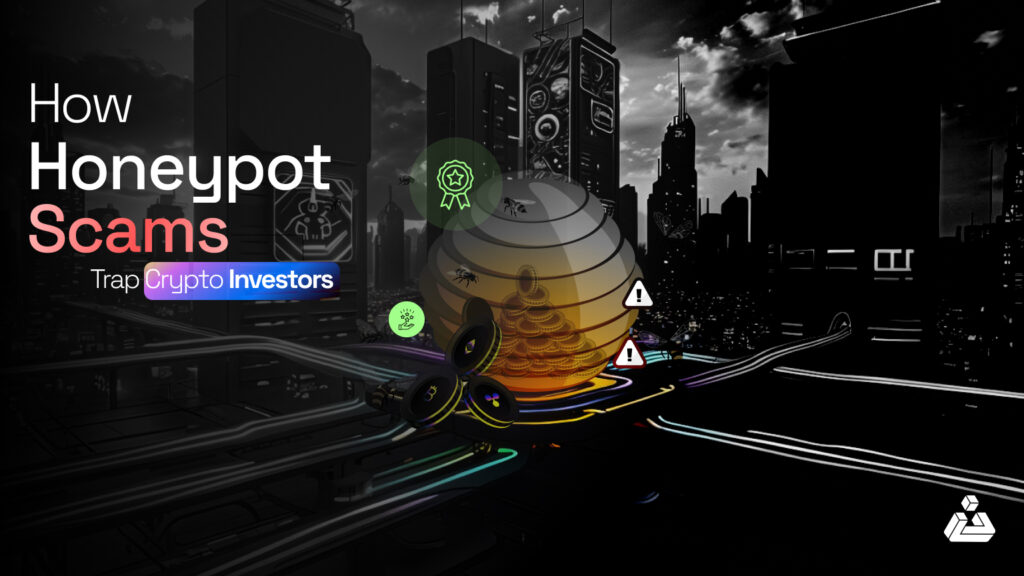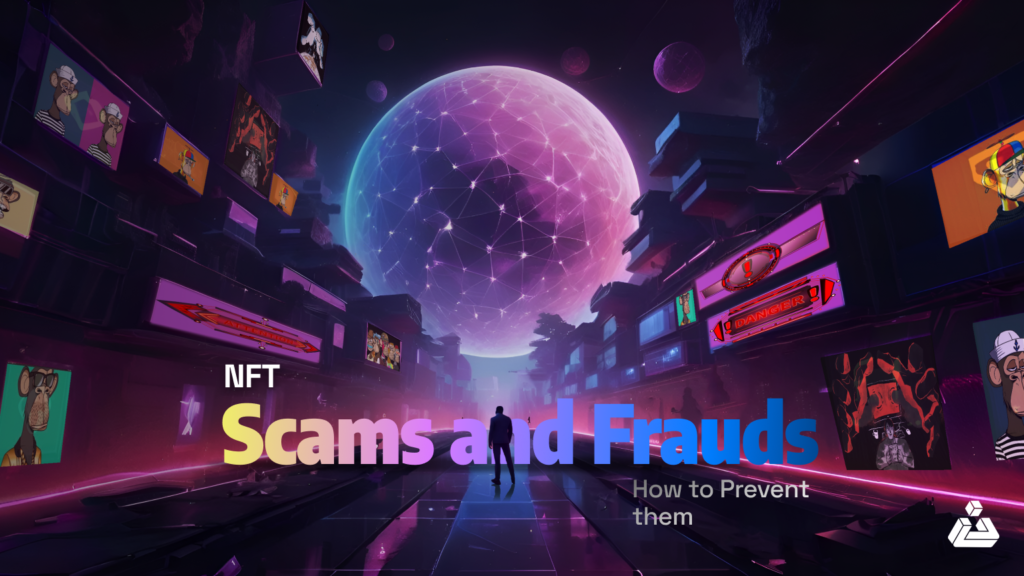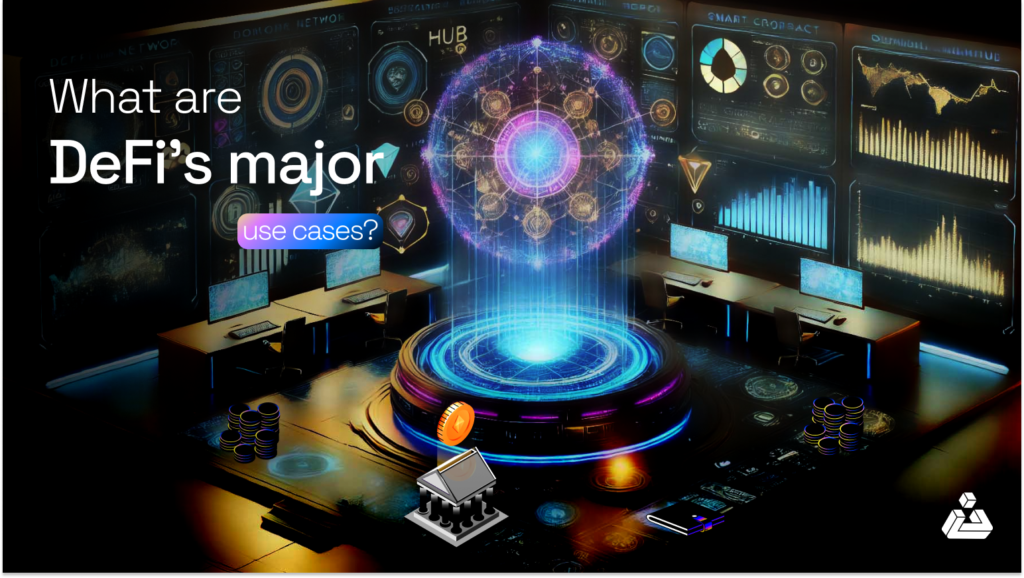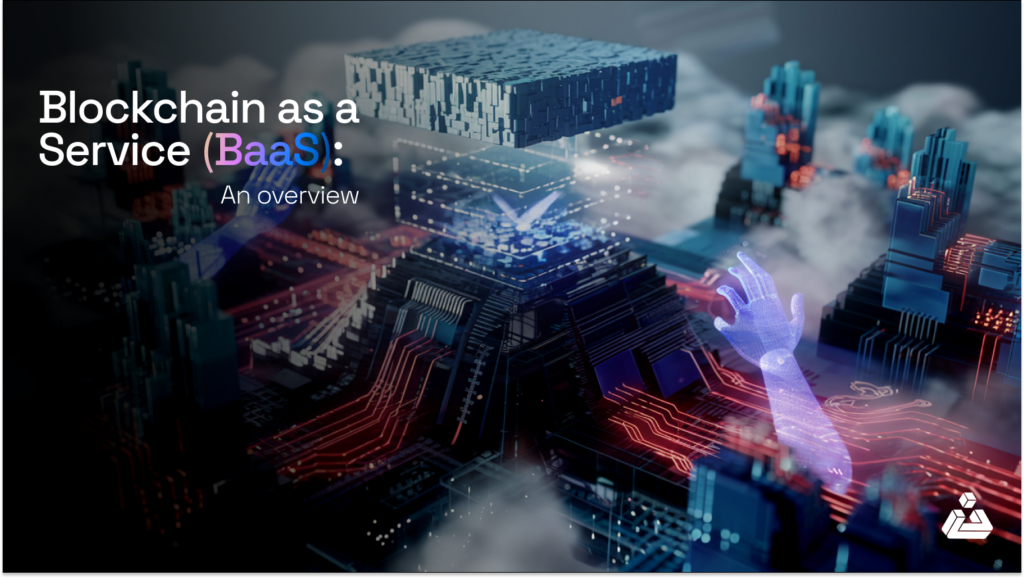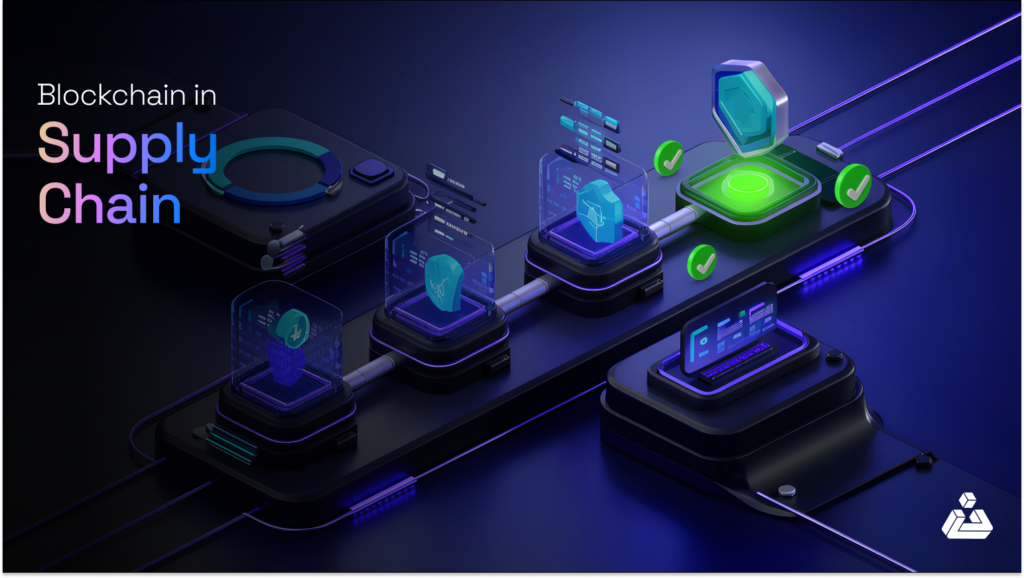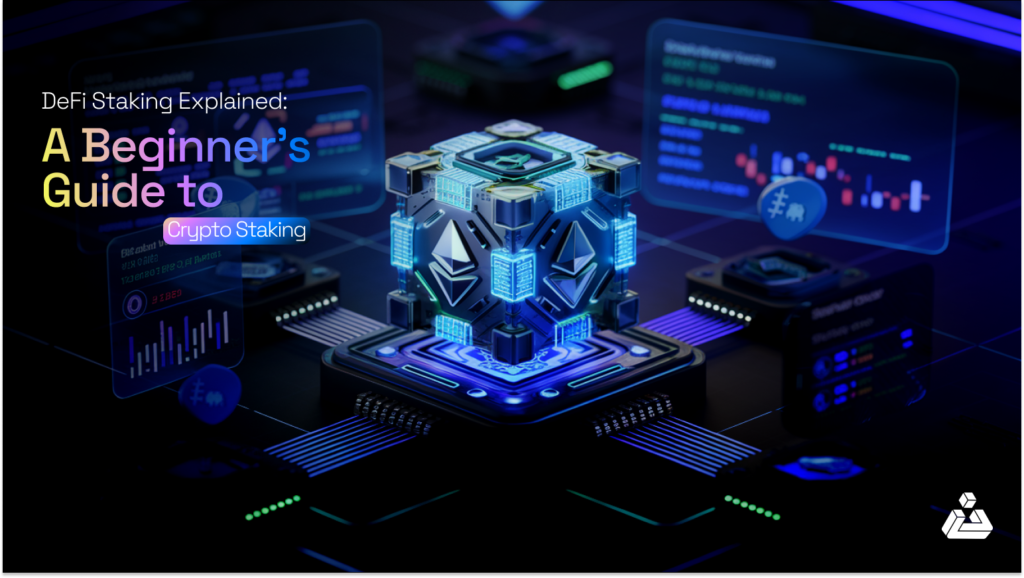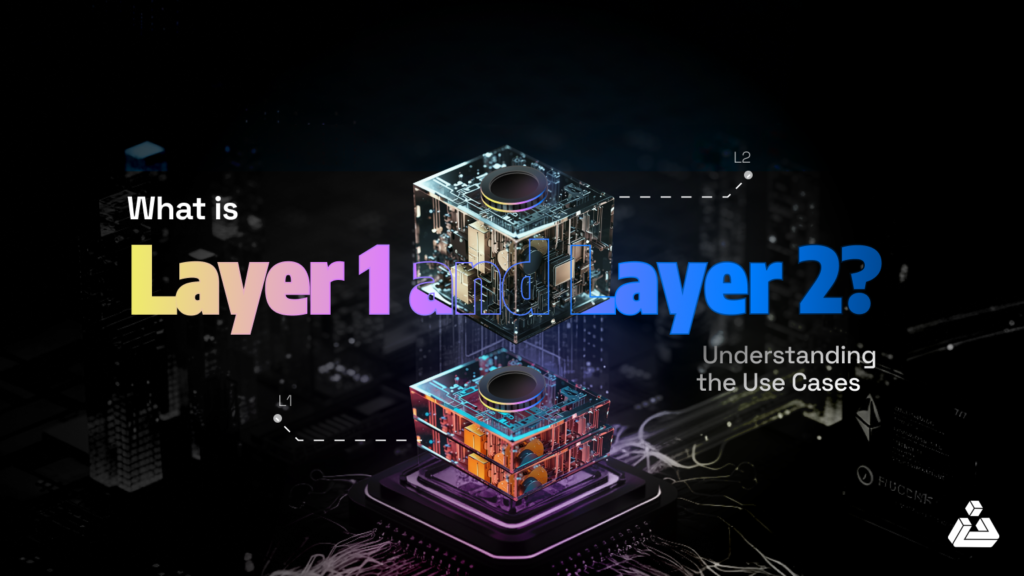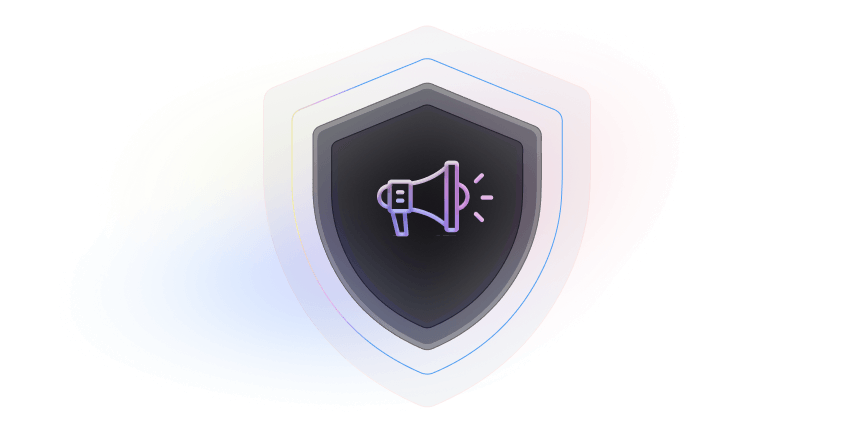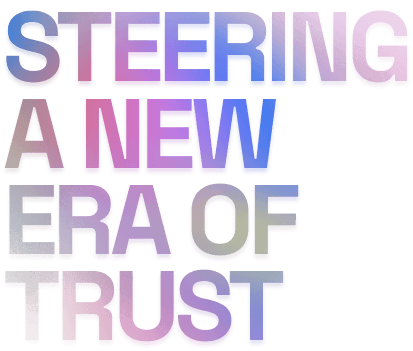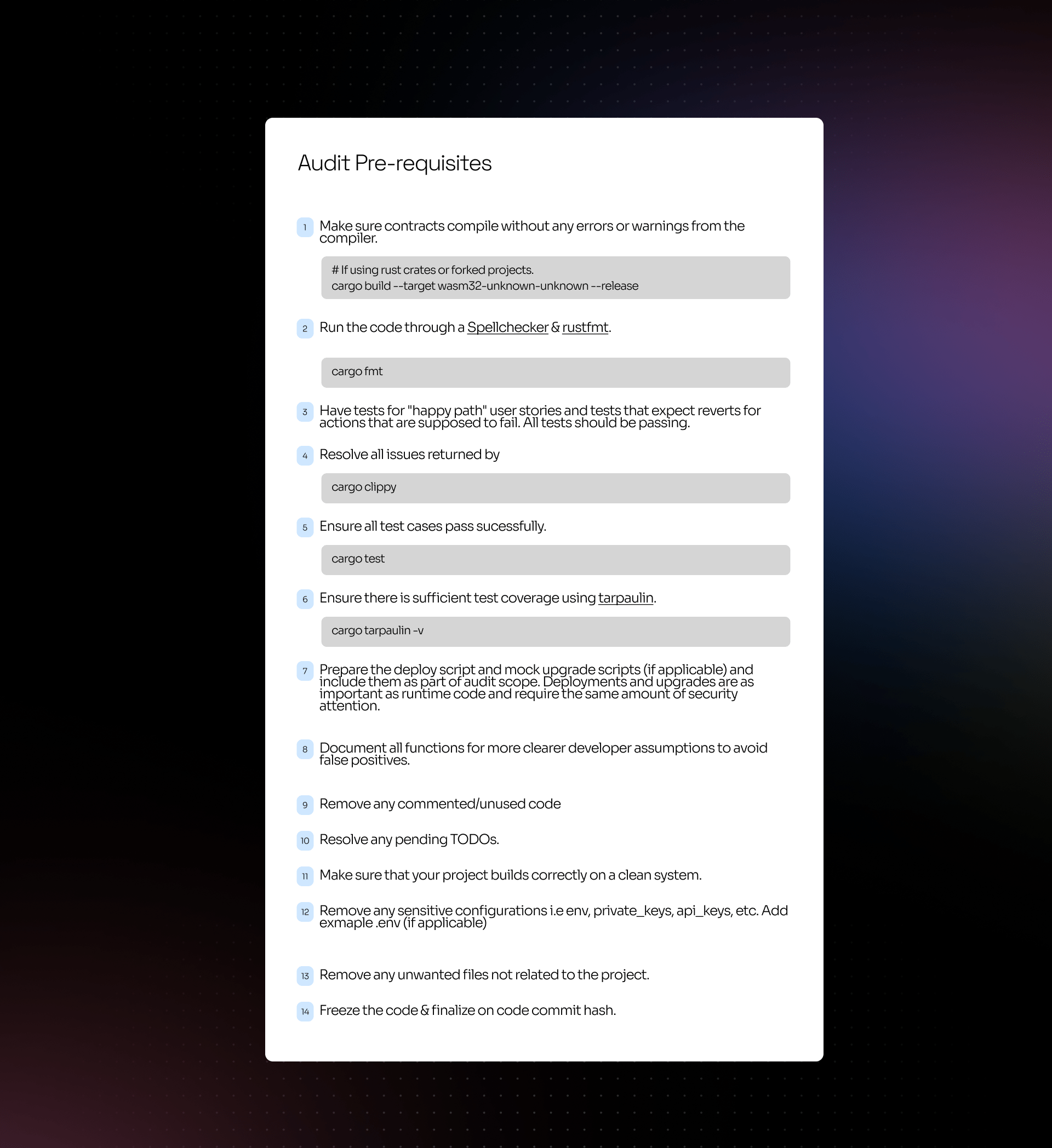The rising popularity of crypto has gained huge attention from financial experts and investors for involvement in the market. However, this influx has also cropped many rugg-pulls in the space. In 2022, Solidus Labs published a report stating that more than 117,000 scam tokens were deployed in the year up until December, a 41% increase in a year.
As a matter of fact, if we analyze the blockchain ecosystem, we can see that after each hour a total of about 15 new scam tokens are detected. Further, In a recent report it was found that around 12% of all BNB Chain tokens are scams, the highest of any blockchain, while 8% of all Ethereum tokens are programmed to execute rug pulls. These rug pulls are unfortunate and have caused a billion of loss in the ecosystem. Not to mention, these scam projects have posed a great threat to the security of crypto funds as well. In this blog post, we will define what rug pull is, the types of rug pull, real-life examples, and how to avoid them.
What is a Crypto Rug-Pull?
The term “rug pull” is a common phrase used in daily life which means “pulling the rug out from underneath.” In crypto, we use this term to define a scam project whose team pumps the project’s token before disappearing with the funds and leaving their investors with a valueless asset. Crypto rug pull can also occur if the project team manipulates the value of the token to deceive the investors and run away with their investments.
The idea behind this is to attract naive investors with a sudden and sharp increase in the token value in a short period of time. Once the price reaches its peak, the people behind the token sell it to generate a profit while leaving investors with a heavy steep loss. We could define these scams as exit scams or Defi exploits.
Before jumping into how to spot these rug pulls in crypto, we first need to understand the different types of rug pulls.
Types of Rug Pulls
In general, rug-pulls can be categorized into two categories: Hard and Soft rug-pulls.
A hard rug-pull is where the team from the start doesn’t intend to complete the project and scam the investors. This type of rug-pull is more hard and sudden, the investors lose money in a short period.
Soft rug-pull on the hard hand is a long-term scam. The developers falsely hype the project leave the project in the middle and run away with the money. Either way, it’s the investors’ loss.
There are three main types of rug pulls in crypto: liquidity Pulls, limiting sell orders, and dumping.
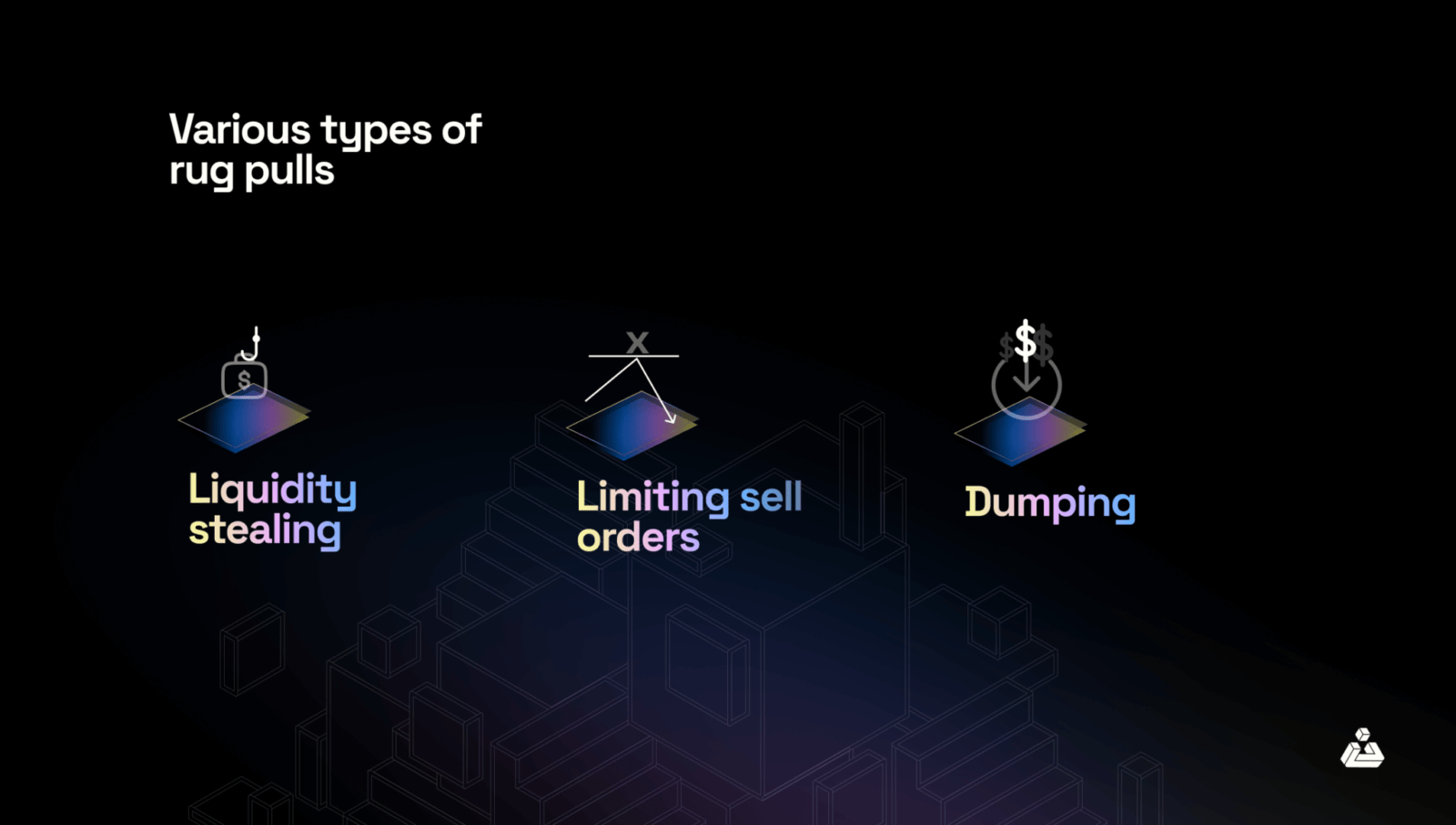
-
Limiting Pulls
This is the most common type of rug-pull and is often referred to as an ‘Exit Scam’.This happens when the token creators withdraw all the coins from the liquidity pools. By doing so they technically remove all the value of the token injected by investors. This step leads to zero token price. This is considered a hard rug pull, as the developers have malicious intent from the very start.
-
Limiting Sell Orders
Another example of hard rug-pull is limiting sell orders. It is a subtle way for developers to cheat their investors. In this scenario, the developers and core team maliciously come together to code the token program in a way that only they will be able to sell it. While investors can keep buying, they can’t sell unless a developer allows it.
One example of this type of rug-pull is Squid Token Scam where basically the developers waited for the investors to buy paired crypto currencies. Once there was enough liquidity for the token pair, they dumped their positions and left a worthless token in their wake.
-
Crypto Dump
Another major type of rug-pull is dumping. This is often referred to as soft rug-pull. In this situation, the developers hype the project by using social media and discord channels to draw attention from investors and encourage trading activity. Later after inflating the token value, the developers rapidly sell off their own supply leading to the decline of token value. This is the most natural way of scamming which most of the times look like normal market volatility rather than deliberate actions. This trick also leaves investors stuck with worthless token value.
The Legal Standing of Rug-pulls
Since the early stages, crypto has been struggling with legal issues. The legalities of fraudulent activities are not consistent throughout the different nationalities. So the easy answer would be that rug-pulls are considered to be illegal based on various situations. For example, in hard rug-pull, it’s pretty clear that the developers intended to cheat from the very start with no intention of completing the project. This definitely falls into the category of illegal action. However, soft rug-pulls may not be technically illegal, but highly unethical. This is because the soft rug pull can oftentimes take years to occur, and the developers are dumping the token slowly to get away with the obvious scam charges.
Examples of Crypto Rug-pulls
On average crypto has lost around 25 billion dollars to cryptocurrency and NFT scams. Let alone 2.8 billion dollars were lost by rug-pulls in 2021. Here are a few rug pulls that stood out in recent years.
-
Thodex
Faruk Fatih Ozer, the founder of Thodex(a crypto exchange), fled to Albania in 2021 after allegedly defrauding the Thodex buyers of about $2.7 billion funds. It is also reported that before fleeing, Ozer’s company offered new registrants millions of free dogecoins, which many users stated that they never received. He was later arrested in 2022 by the Albanian government.
-
OneCoin
In 2014, onecoinLtd founders allegedly made false claims about the coin and its perceived value to drain investments. The owner of oneCoin Ignatova disappeared and the exchange was later shut down without warning in 2017. It is reported that in total, the platform has defrauded victims of over $4 billion.
-
AnubisDAO
AnubisDAO is a major example of a liquidity pool scheme where its developers defrauded investors of about $60 million. The anonymous developers presented the white paper and after receiving the hefty investments drained the liquidity pool in the few hours of token sale.
-
Squid Game Token
This was a cryptocurrency introduced in the year 2021 after the hype of the famous Netflix show Squid Game. However, the project was a major rug pull. The developers disabled the token’s ability to be sold, and then disappeared with investors’ money.
-
Frosties
In January 2022, a colorful collection of around 8,888-edition NFT was released promising the use of long-term staking plans. The founders Ethan Nguyen and Andre Llacun were charged with conspiracy to commit wire fraud and money laundering in one of the first rug pull crackdowns in the U.S. In total, the project looted around $1.1 million dollars from its NFT users.
Now by understanding the various types of rug-pulls, we can also identify the ways to protect ourselves from falling prey of these scammers by following the described guidelines.
How to Avoid Rug-Pulls in Crypto?
-
Anonymous team Projects
Before investing, the investors should thoroughly check the developers’ background. Are the developers and promoters known in the crypto community? If they are new in the industry, do they have legitimate proposals with valid action plans to achieve the described objectives?
-
Limits on sell orders
The limits on selling orders are a huge hallmark sign of a scam project. Since the ability to sell orders is defined as hidden in code which is difficult to identify. The investors are advised to buy a tiny amount of tokens initially and immediately try to sell it on the market to see if they get the ability to sell them.
-
No Liquidity Locked
One of the easy ways to distinguish a scam project from a legitimate project is to check if the token currency is liquidity-locked. If there is no lock on the liquidity, then there is no way that the developers could run away while leaving the drained pool.
-
Price Spike with limited token holders
This is one of the major factors to monitor before investing. Any sudden jump in the token value should be viewed with caution. This mostly occurs as a drawback of no liquidity locked when the token value got pumped up before the dump. However, this could be mitigated by looking into the amount of people holding the tokens. If the group is smaller, then there is a high chance that the users may dump the token right after a huge spike and leave the assets worthless.
-
No External Audit
Another major alarm is external audits. An external audit is necessary for decentralized cryptocurrency to attract users’ trust. One example of this is Tether, a centralized stablecoin whose team had failed to disclose that it held non-fiat-backed assets. Therefore, the investors are advised to not just accept the internal audit as a credible factor of token authentication.
Finally, we would like to suggest that only invest money you can afford to lose. Many projects in the blockchain ecosystem are experimental, and sometimes the failure of an idea can lead to the team doing a soft rug pull, which means they quietly stop supporting the project.
Conclusion
From above we can conclude that before investing it is important to do thorough research and to do one due diligence. Since you are putting your hard-earned money, it is vital to understand what you are buying and why this token is worth buying.
At BlockApex, we strive for the security and transparency of web3 protocols. We provide audit services to credible teams of blockchain protocols. Apart from audits we also provide tokenomics services to ensure a positive trajectory of web3 tokens without any backdoors and illegal access controls. You may check out these latest reports on our audits and research around web3 here.

